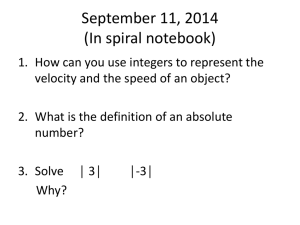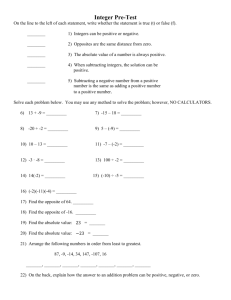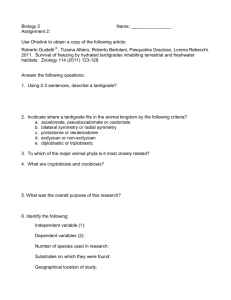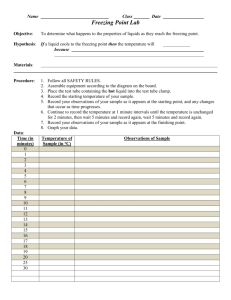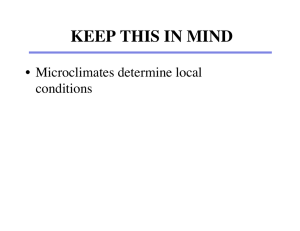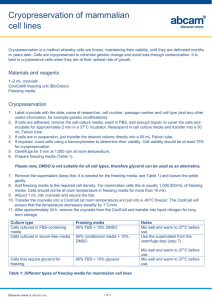Absolute Value - Verona School District
advertisement
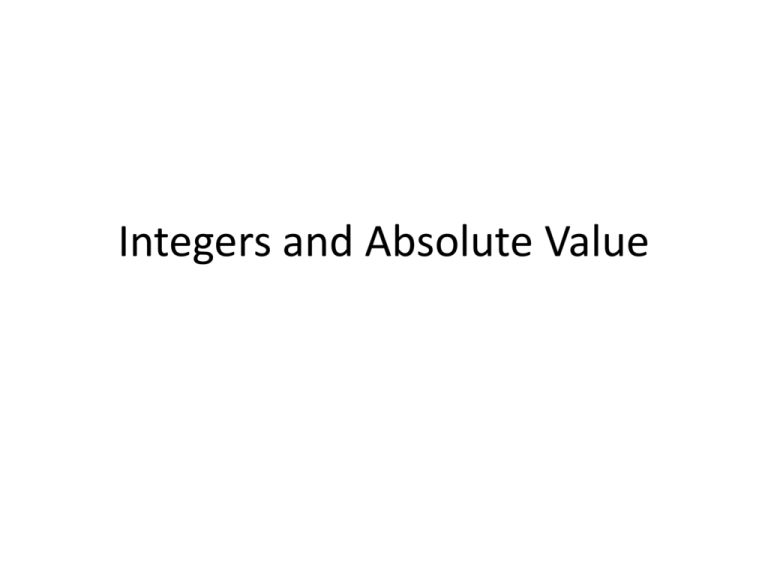
Integers and Absolute Value
Define Integer
Definition of Integer:
The set of whole numbers, their opposites and zero.
Examples of Integer:
{...-6, -5, -4, -3, -2, -1, 0, 1, 2, 3, 4, 5, 6, 7...}
X
Integers on a Number Line
Negative
Numbers
-5
-4
-3
Numbers to the
left of zero are
less than zero
Positive
Numbers
Zero
-2
-1
0
1
Zero is neither
positive or negative
2
3
4
5
Numbers to the
right of zero are
greater than zero
Opposites
The numbers -4 and 4 are shown on the number line.
-10 -9 -8 -7 -6 -5 -4 -3 -2 -1
0 1 2 3 4 5 6 7 8 9 10
Both numbers are 4 units from 0,
but 4 is to the right of 0 and -4 is to the left of zero.
The numbers -4 and 4 are opposites.
Opposites are two numbers which are the same distance from zero.
Absolute Value of Numbers
The absolute value is the distance a number is from zero on
the number line, regardless of direction.
Distance and absolute value are always non-negative
(positive or zero).
-9 -8 -7 -6 -5 -4 -3 - -1 0 1 2 3 4 5 6 7 8 9 10
10
2
What is the distance from 0 to 5?
-9 -8 -7 -6 -5 -4 -3 -2 10
1
0 1 2 3 4 5 6 7 8 9 10
What is the distance from 0 to -5?
Absolute value is symbolized by two vertical
bars
|4|
10 9
8
This is read, "the absolute value of 4"
7
-6 -5 4
3
2
-1
0
1
2 3 4
What is the | 4 | ?
5 6
7
8
9 1
0
Real life application
The freezing point is the temperature at which a liquid becomes
a solid.
a. Which substance in the table has the lowest
freezing point?
b. Is the freezing point of mercury or butter closer to the
freezing point of water, 0°C?
• Is the freezing point of airplane fuel or candle
wax closer to the freezing point of water?
Explain your reasoning.

